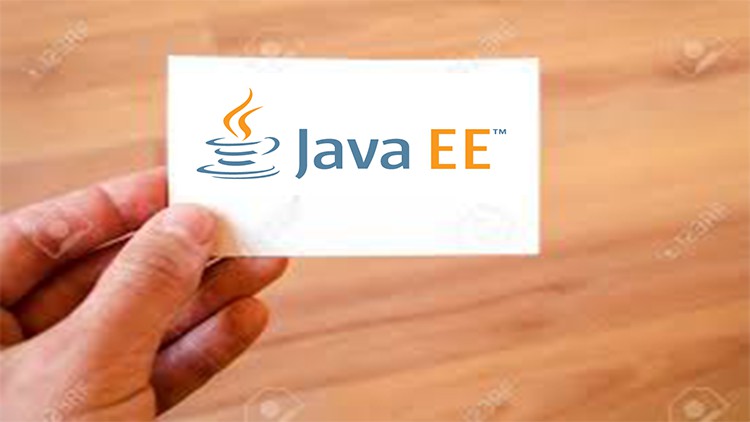
best practice Tests for Java EE 7 Application Developer Certification 2021
What you will learn
Practice Tests for Java EE Application Developer Certification
Practice tips for Java EE Application Developer Certification
Practice same Exam for Java EE Application Developer Certification
Discover all tricks in exam certification
Description
About Java EE 7 Application Developer (1Z0-900)
Oracle Java EE 7 Application Developer (1Z0-900) exam validates programming capability to develop and deploy applications using Java Platform, Enterprise Edition 7. This exam is best fit for intermediate to advanced level Java Front-End and Back-end application developers, architects, and software engineers who possess expertise utilizing Java EE 7 technology to create web-based user interfaces using JavaScript along with JSPs, JSFs, servlets and handle business logic.
Knowledge Required
For the Java EE 7 Application Developer (1Z0-900) Exam it is recommended that you should have up-to-date training and hands-on programming experience and previous Java SE certification.
Course Structure
The Java EE 7 Application Developer (1Z0-900) Exam covers the following topics –
1. Understand Java EE Architecture
• Describe Java EE 7 standards, containers, APIs, and services
• Differentiate between application component functionalities as they apply to different tiers and containers, including Java EE Web Container, Business Logic implementation and WebServices
• Create, package and deploy Java EE application
• Demonstrate understanding of Enterprise JavaBeans and CDI beans, their lifecycle and memory scopes
• Demonstrate an understanding of the relationship between bean components, annotations, injections, and JNDI
2. Implement Business Logic by Using EJBs
• Create session EJB components containing synchronous and asynchronous business methods, manage the life cycle container callbacks and use interceptors
• Demonstrate understanding of how to control EJB transactions, distinguish Container-Managed (CMT) and Bean Managed (BMT) transactions
• Create EJB timers
3. Implement SOAP Services by Using JAX-WS and JAXB APIs
• Create SOAP Web Services and Clients using JAX-WS API
• Define Java to XML Schema mappings to marshall and unmarshall Java Objects by using JAXB API
4. Create Java Web Applications using JSPs
• Describe JSP life cycle
• Describe JSP syntax, use tag libraries and Expression Language (EL)
• Handle errors using Servlets and Java Server Pages
5. Create Java Applications using WebSockets
• Understand and utilise WebSockets communication style and lifecycle
• Create WebSocket Server and Client Endpoint Handlers using JSR 356 API and JavaScript
• Produce and consume, encode and decode WebSocket messages
6. Secure Java EE 7 Applications
• Describe Java EE declarative and programmatic security and configure authentication using application roles and security constraints and Login Modules
• Describe WebServices security standards
7. Use Concurrency API in Java EE 7 Applications
• Demonstrate understanding of Java Concurrency Utilities and use Managed Executors
8. Manage Persistence using JPA Entities and BeanValidation
• Create JPA Entity and Relationship Object-Relational Mappings (ORM)
• Use Entity Manager to perform database operations, transactions and locking with JPA entities
• Handle entity data with conversions, validations, and key generation
• Create and execute JPQL statements
9. Use Java Message Service API
• Describe the Java Message Service (JMS) messaging models and implement Java SE and Java EE message producers and consumers, including Message-Driven beans
• Use transactions with JMS API
10. Create Java Web Applications using Servlets
• Create Java Servlets, describe how they are mapped to urls and use HTTP methods
• Handle HTTP headers, parameters, cookies
• Manage servlet life cycle with container callback methods and WebFilters
11 Implement REST Services using JAX-RS API
• Understand and Apply REST service conventions
• Create REST Services and clients using JAX-RS API
12. Develop Web Applications using JSFs
• Describe JSF arcitecture, lifecycle and navigation
• Understand JSF syntax and use JSF Tag Libraries
• Handle localisation and produce messages
• Use Expression Language (EL) and interact with CDI beans
13. Use CDI Beans
• Create CDI Bean Qualifiers, Producers, Disposers, Interceptors, Events and Stereotypes
14. Use Batch API in Java EE 7 Applications
• Describe batch jobs using JSL XML documents and JSR 352 API